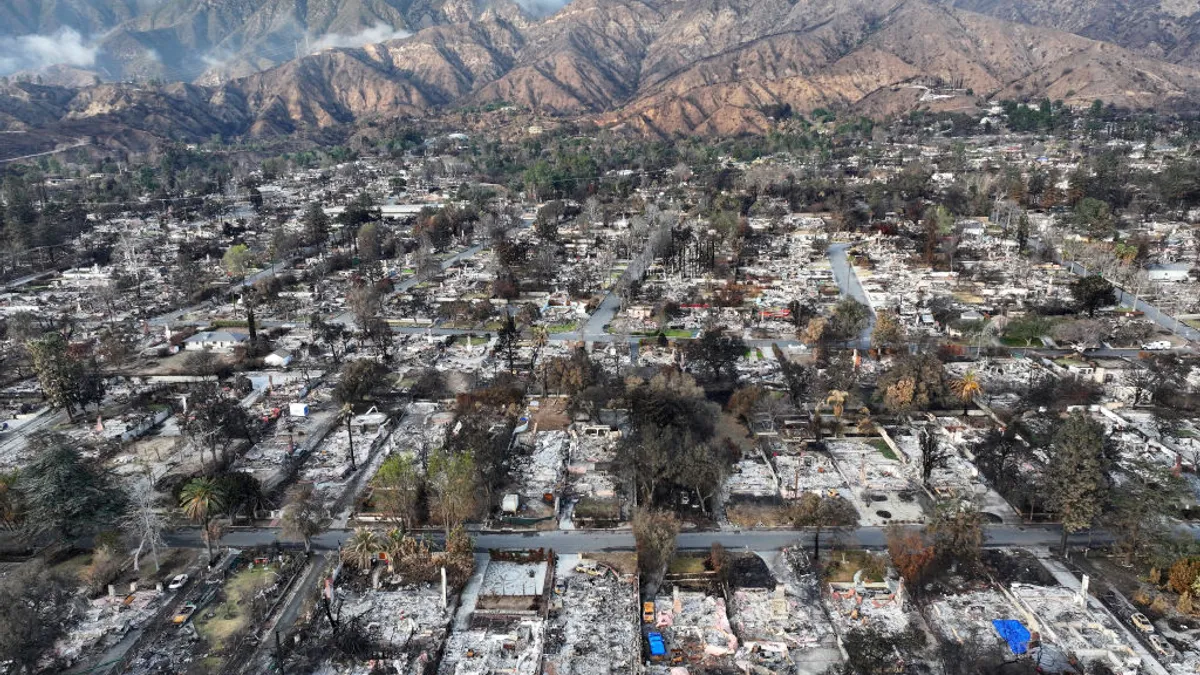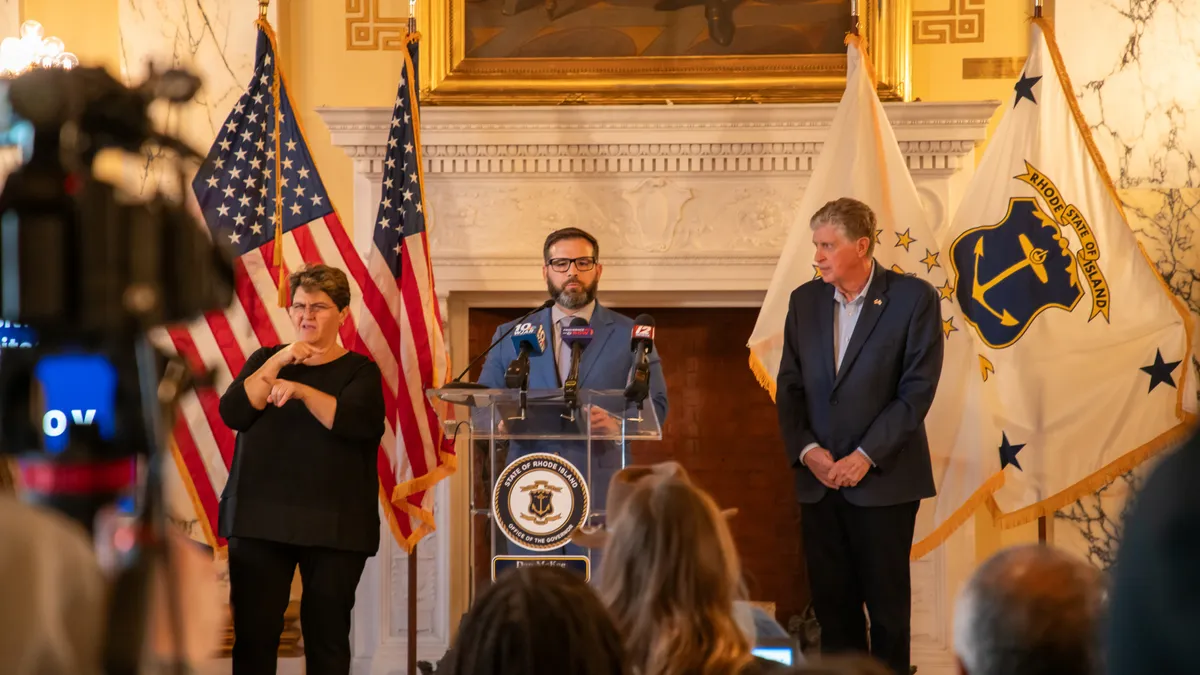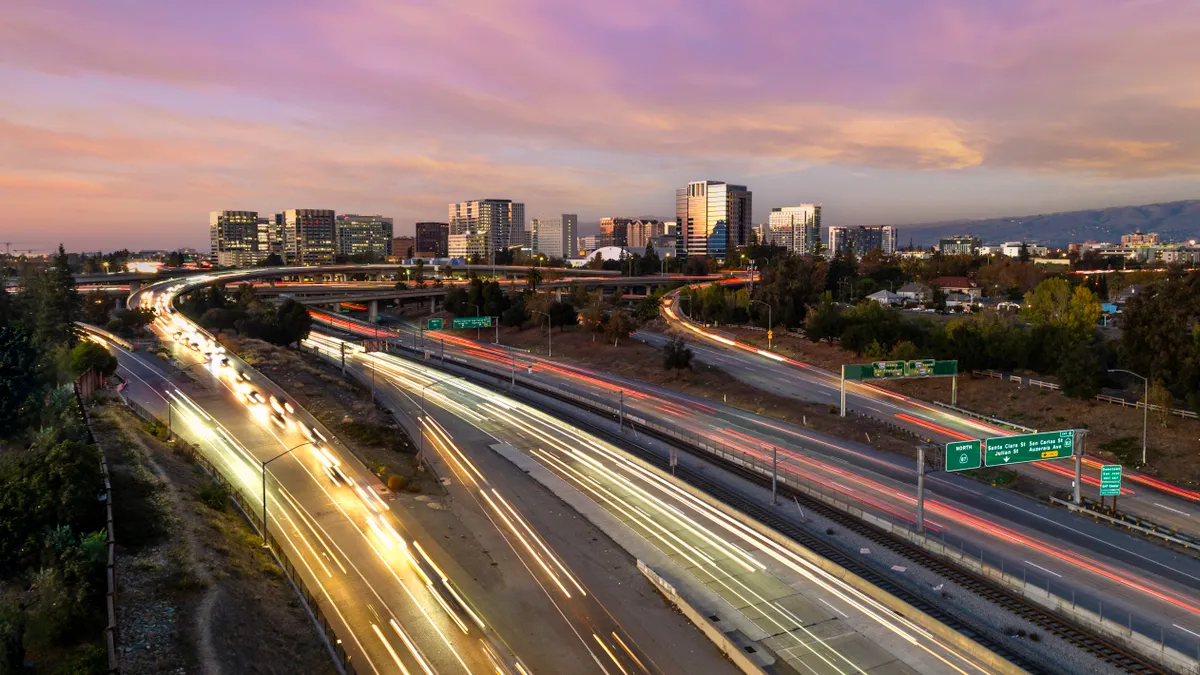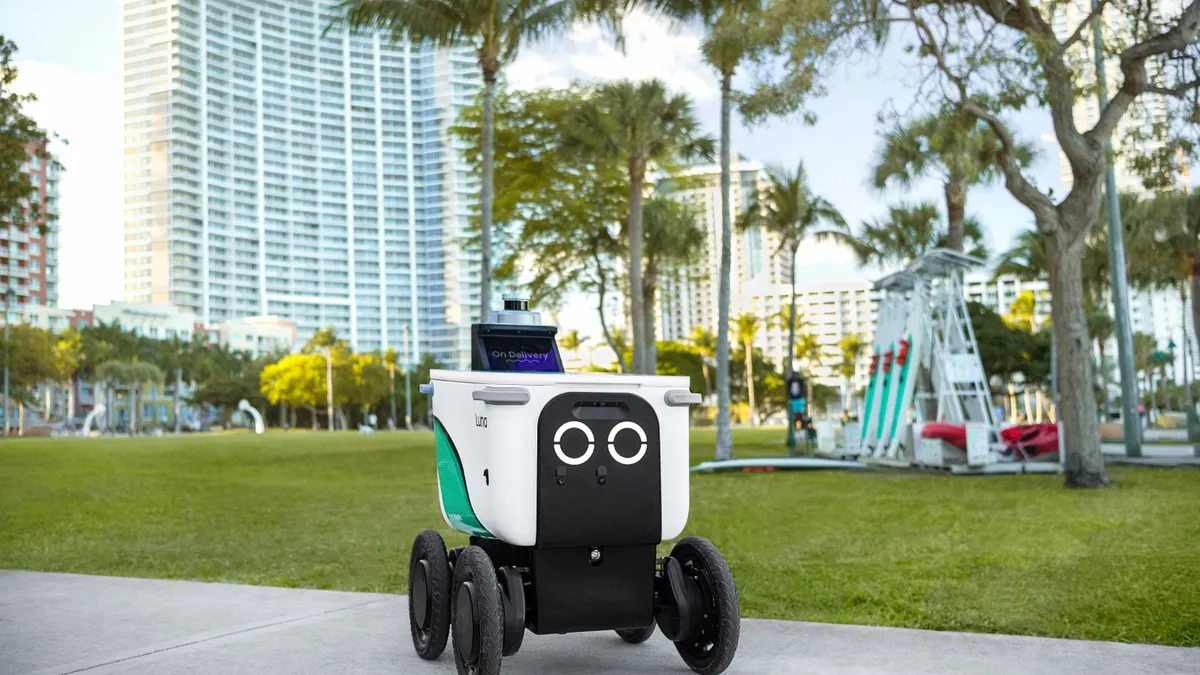From Dubai, United Arab Emirates, to Seoul, South Korea, to Santa Monica, California, a growing number of cities worldwide are exploring how they can deploy metaverse technology to more effectively administer public services, engage residents, and boost activity with businesses or downtown areas.
Last year, “nobody was talking about the metaverse. Now, I can’t go a day without a conversation about it,” said Steve Zoegall, industry lead for global cities, transport and critical infrastructure with Accenture, and a fellow with the World Economic Forum.
The metaverse is an immersive virtual world in which people don’t just look at what’s online, but interact virtually to engage in many of the activities they do in the physical world, such as socialize, take classes, make purchases, and even travel. In Facebook’s buzzy rebrand to Meta, the company’s stated mission remains one of bringing people together — some city leaders might say the same about metaverse initiatives.
The technology is in the “novelty and strategy phase,” Zoegall said. For some cities, metaverse technology remains a novelty, while others are actively evaluating it and identifying goals.
The Seoul Metropolitan Government in late 2021 announced its intent to “establish a metaverse platform … to start providing a new-concept public service,” as part of its Five-year Metaverse Seoul Promotion Master Plan. The city stated that the platform will “create a metaverse ecosystem for all areas of its municipal administration,” including economic, cultural, tourism, educational and civic service.
For instance, starting in 2023 the Seoul Lantern Festival and other events will be held in the metaverse so they’re available around the world. The city stated it will also use the platform to develop services for the socially vulnerable, including safety and convenience content for people with disabilities, and will expand the platform to all areas of municipal administration to boost efficiency.
Dubai announced its own metaverse strategy last month, which aims to turn the city into “one of the world’s top ten metaverse economies” and “a global hub for the metaverse community.” The strategy also aims to foster innovation, attract new companies to Dubai, support metaverse education, and apply Web3 technology to create new governmental work models.
Modeling cities, supporting businesses and more
Cities with less ambitious plans can also utilize the technology in different ways. The pandemic demonstrated the importance of having easy ways to share information with citizens, whether informing about a public health crisis, or the date of the next farmer’s market, says Lena Geraghty, director of sustainability and innovation with the National League of Cities.
“By moving into the metaverse, information becomes even more interactive and feels more personalized, so end users are better able to receive it” she said.
Today's metaverse initiatives often draw on and bring together technologies that have been in place for a while. For instance, several years ago, the Boston Planning Department created a digital twin, or virtual replica, of the city. Previously, city planners had used wooden models to help them design the city’s future and show residents the impact of infrastructure changes before they occur. However, the models were labor-intensive and couldn’t simulate the impact of sun or wind, also according to Esri, a provider of geographic information software (GIS) that worked with the city on its digital twin.
The city of Los Angeles created a virtual model of its Sixth Street Viaduct bridge, which it replaced and opened to the public this summer, to help “generate excitement” for the project, said Michael Zyda, professor of engineering practice at the University of Southern California.
Metaverse technology could streamline approvals for residents’ building and renovation projects, said Zyda. For instance, in a situation when a resident needs approval to install a new roof: “If a resident could first create the new roof in the metaverse, that might make [the process] easier,” Zyda said.
Cities could also use metaverse deployments to boost interest in physical businesses. The city of Santa Monica is partnering with FlickPlay to launch a play-to-earn metaverse app. Users of the app in the city’s downtown can unlock digital collectibles and rewards and then redeem physical items at local retailers.
Furthering inequities?
Despite the potential benefits for cities, some experts say the deployment of metaverse technology could leave some residents behind. “If not properly planned, the metaverse can further exacerbate inequities,” said Hemant Desai, chief information officer with the International City/County Management Association. For example, virtual reality headsets, which enable users to fully experience the metaverse, some of which can cost hundreds of dollars.
This concern will be especially pronounced in cities where a substantial minority of residents aren’t online. “If you’re 95% connected, you can tackle the other 5%,” Desai said. That becomes harder in cities in which only 70% or 80% of residents are connected. Intentional collaboration between residents and city leaders, along with public-private partnerships could start to address this challenge, he added.
City leaders also can engage the community to identify how they see the metaverse impacting them. “Make sure it will be useful and usable by people with different abilities and circumstances,” Geraghty said.
Some cities are planning metaverse initiative implementation periods of five to seven years, Desai said. Taking a phased approach by, for instance, conducting a pilot and gathering and reviewing feedback before moving forward with a major launch can reduce the risk that an initiative excludes some residents, he added.
Even cities that aren’t actively planning for or implementing metaverse technology will want to get up to speed on it, Geraghty said. “Push past the buzzwords to better understand what the technology can bring to bear” on city services, she said.



















